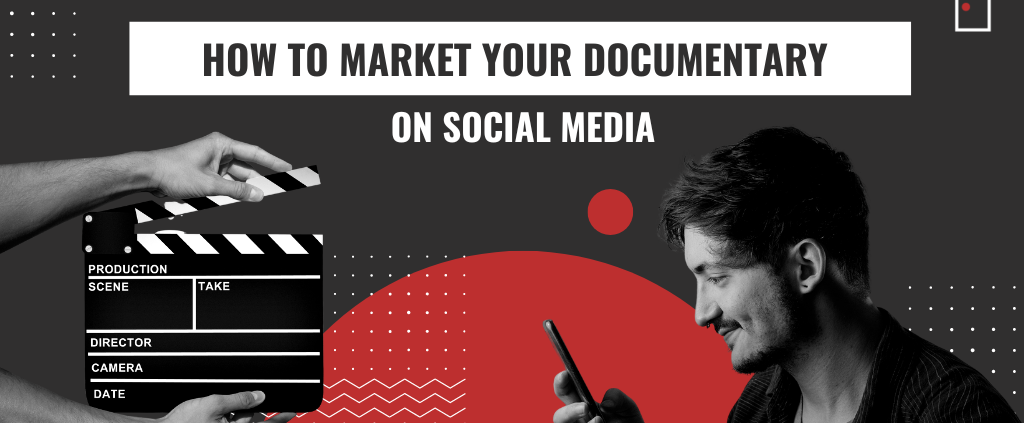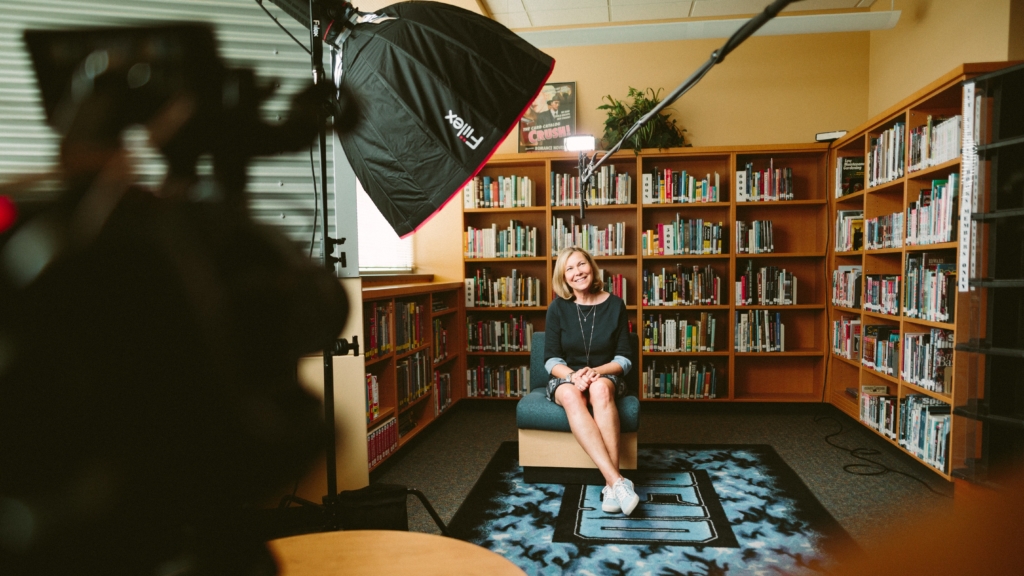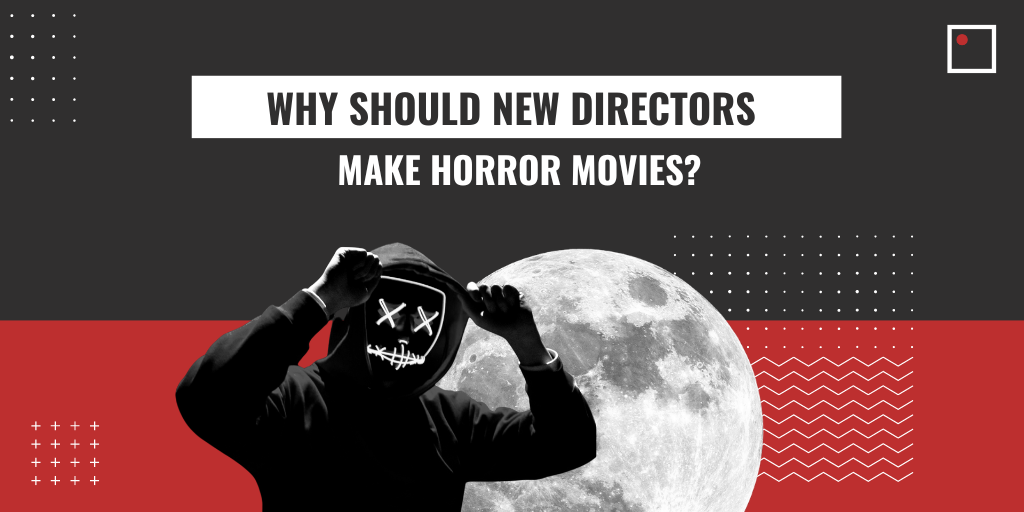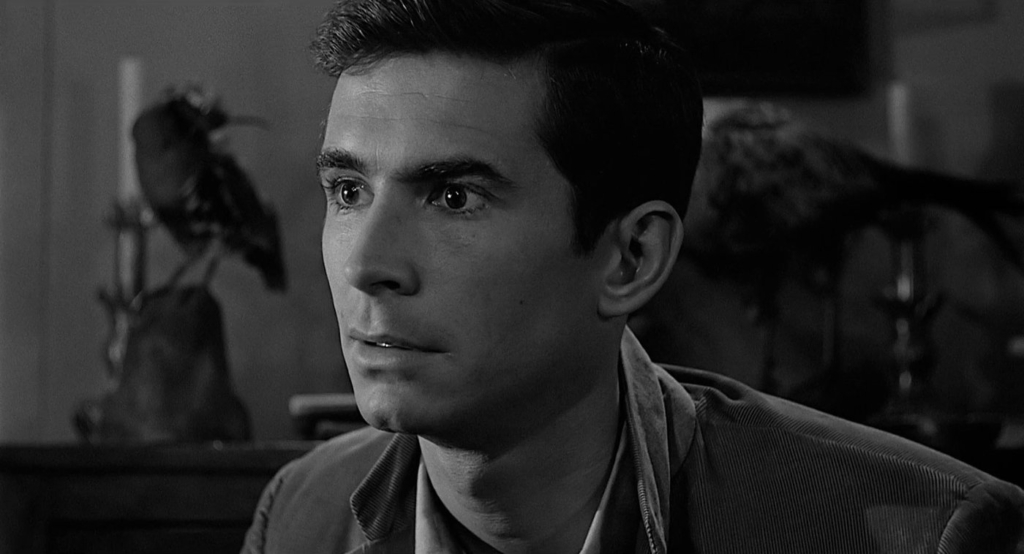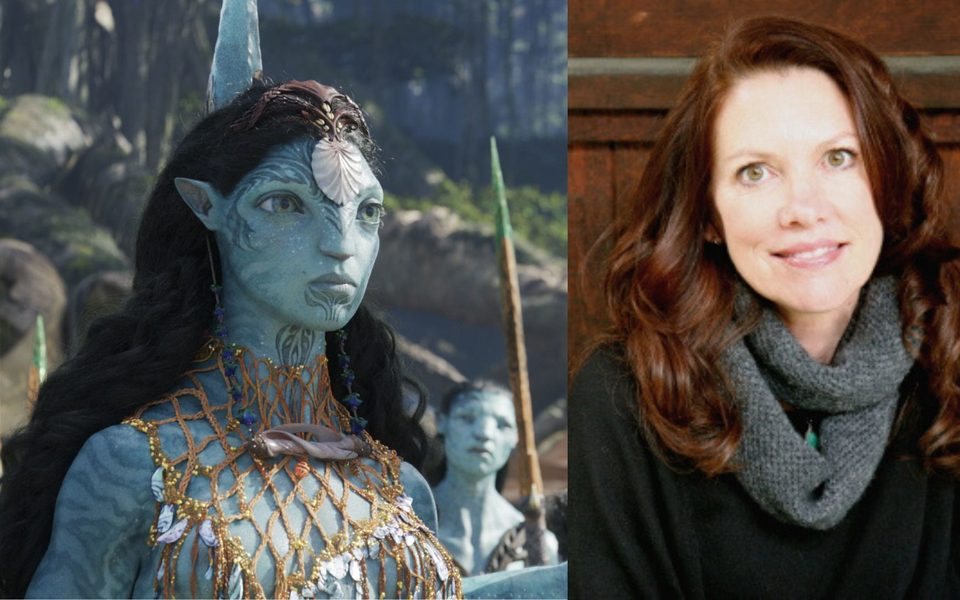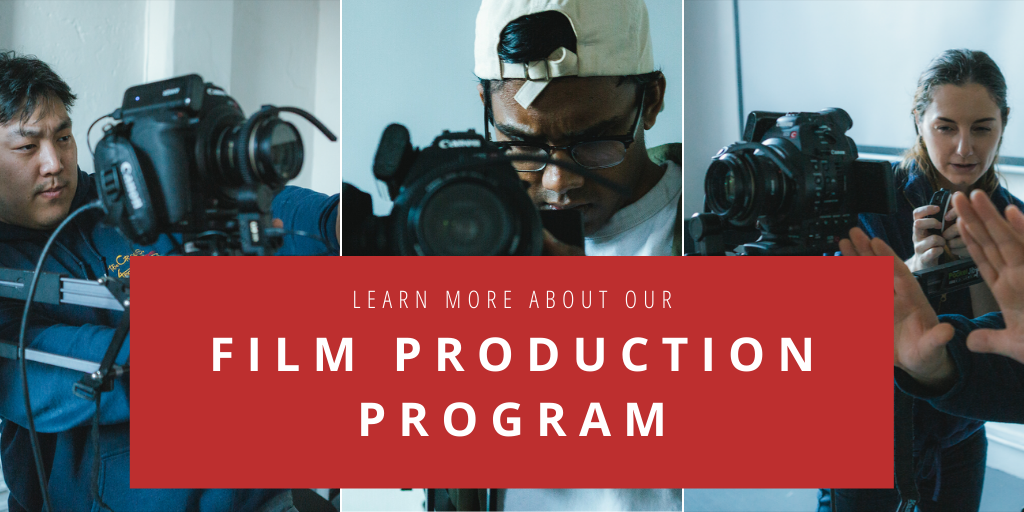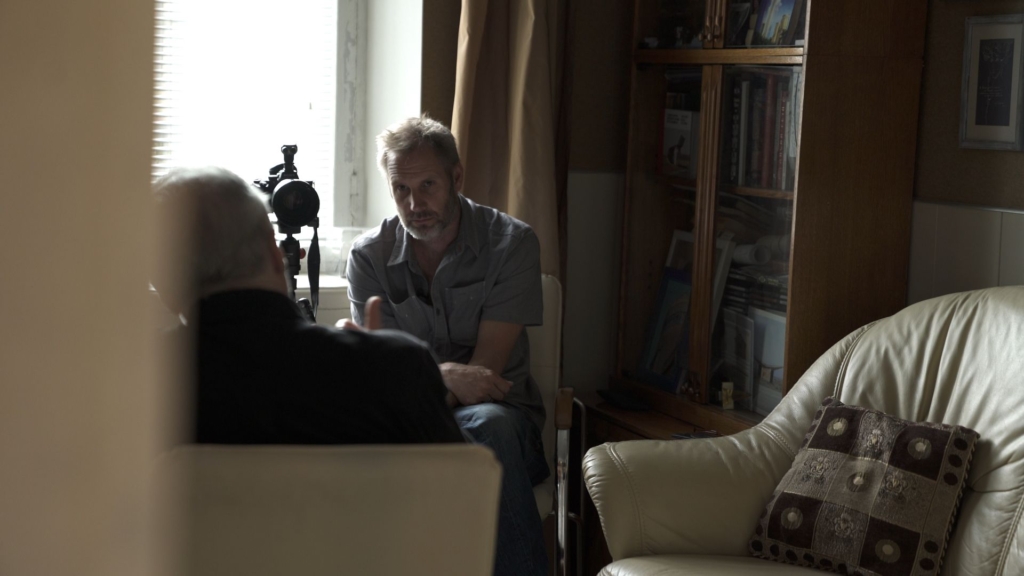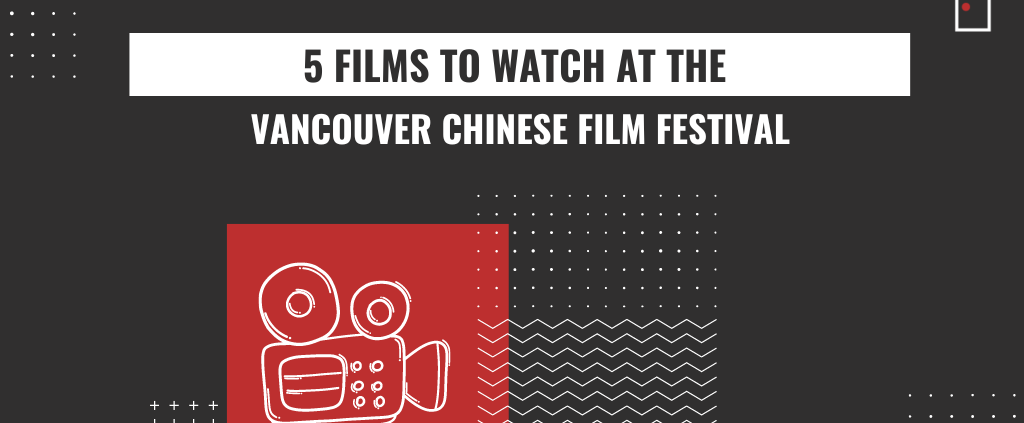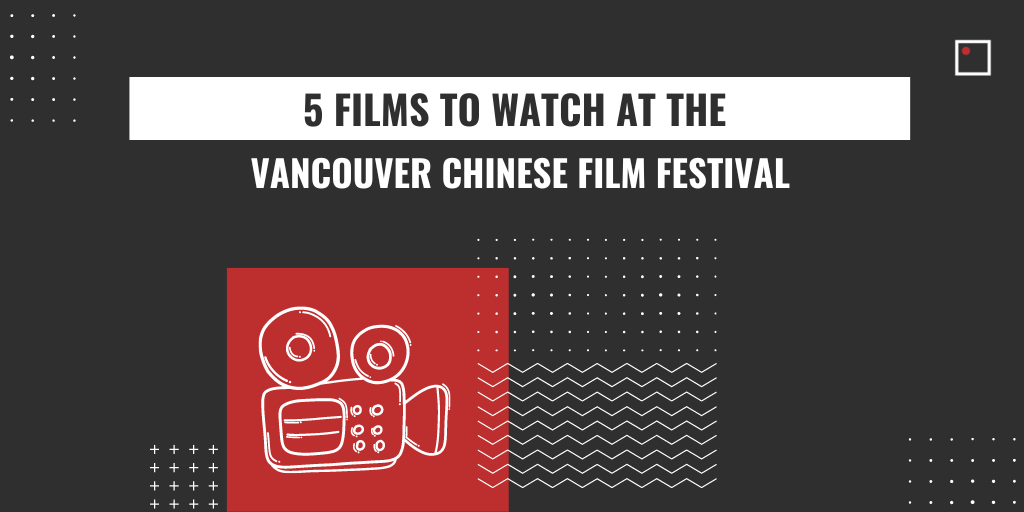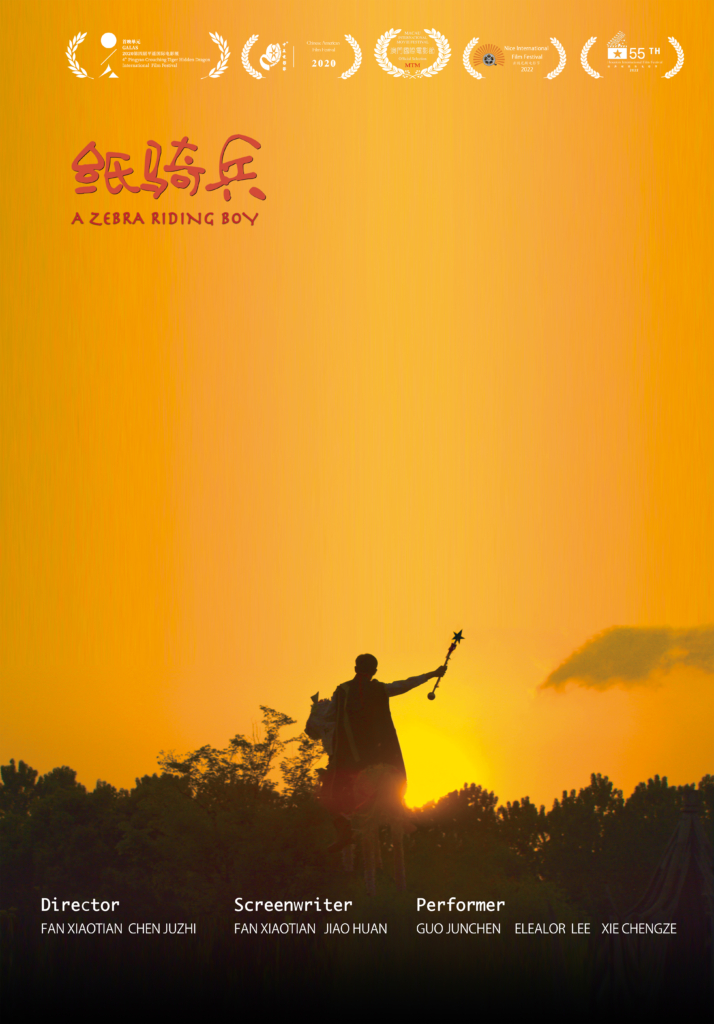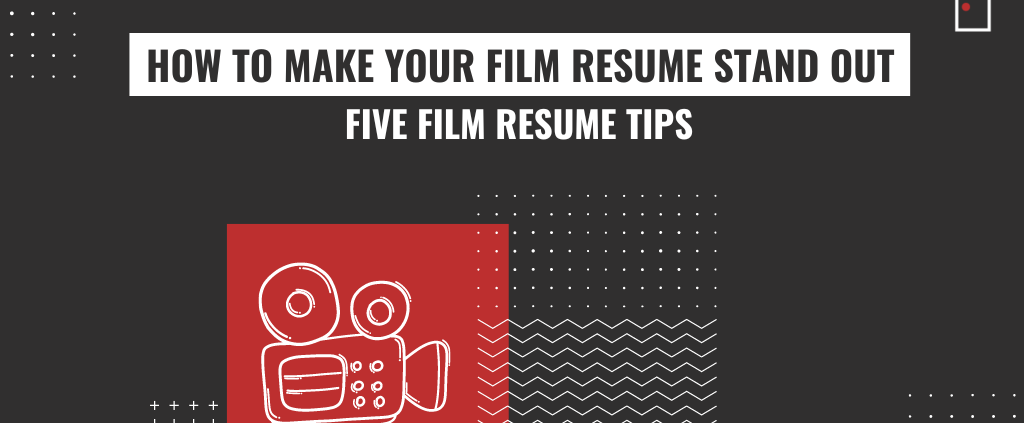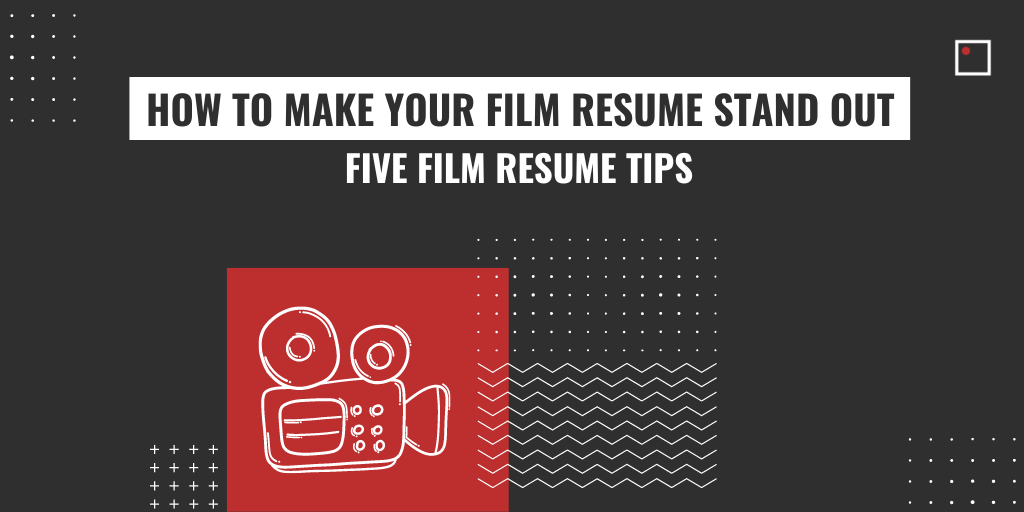Are you curious about learning how to write screenplays for film and television? Keep reading for our tips on starting your journey as a screenwriter, and how to write your first screenplay.

By: Sophia Lin
You know you want to be a screenwriter, but how do you start? For many aspiring scribes, learning how to write screenplays can be a head-scratching task. There’s much to consider even before you put down your first scene heading or eke out a title.
Well, a finished screenplay marks the end of a journey, a winding road that begins as early as the brainstorming phase. And we’re here to demystify it all, with no less than a three-part introduction to screenwriting. From laying down a foundation to how to write a script, we’ll give you the nuts and bolts of the coveted craft. To top it off, we’ve included some extra writing advice — tips and tricks like accelerating your skills through screenwriting programs and sticking to a ‘less is more’ philosophy.

Click here to learn more about InFocus Film School’s Writing for Film and Television Program!
How to Write Screenplays – Laying Down Your Base

1. Understand the Structure
Screenplays are traditionally divided into three acts, relatively evenly-split throughout the story. In simple terms, they are respectively referred to as the set-up, confrontation, and resolution.
The first act is responsible for establishing the situation: the exposition and the who, what, when, where, and why. It also poses the core dramatic question that the film will seek to answer.
The second act develops the story further, bringing in hurdles, character motivations, and sometimes a B plot to accompany the main plot. This is also called the middle, involving various smaller beats of rising and falling action.
The third act is where it all leads to, often constituting the lowest and highest points of the film. It is synonymous with the climax, representing a moment of major and irreversible change or development.
It’s just as important to be aware that the three-act structure is a guide, but not a set of rules. Many great screenwriters have broken boundaries by putting a unique twist on this structure — but mastering it first is a must. Grasping its intricacies will enable you to understand the alterations you can make, if you wish, without compromising the integrity and appeal of a story.
2. Outline a Beat Sheet
The preliminary step on how to write screenplays is planning and a beat sheet. But what is a beat? Simply put, it’s any one moment, no matter how big or small, that pushes the story forward. A beat is the smallest unit in screenwriting, and every scene will contain several beats. It can be a little confusing at first, so here are a few examples of what we’d call a beat:
A secretary glances at her boss’ face, realizing that she’ll be fired.
Prom takes place in the second act.
A daughter’s biological mother is revealed to be the villain.
In that vein, a beat sheet must identify all the important plot events that happen in every act of your screenplay. This extends to key emotional moments and changes in characters. This is best laid out in point form, and one tried and true strategy is to write each beat on an index card. Then, you can freely shuffle your cards around as you determine the best order to lay out your story.
3. Write a Detailed Treatment
A treatment is a more detailed outline of your screenplay, written in prose and read like a short story. In many ways, it’s the most important supporting document to have as you write. With that in mind, make sure to include every plot event, visual, and even the smallest story beat in your treatment. This paves the way for a well-formed and carefully plotted script.
Weaving your beat sheet into a complete, flowing piece of writing is what lies at the root of a treatment — so don’t be intimidated! It’s simply fitting the puzzle pieces together. The following four foundational elements form a treatment:
Title: Simply what you wish to title your film — a working title can stand in as well.
Logline: A compact and intriguing one-sentence summary of the premise of your story. Not too many details are needed, and the ending is often left untouched so as to create suspense!
Plot: The heart of your treatment, this is where you summarize story beats and events in the order you wish to present them, excluding most if not all of the dialogue. Be thorough yet concise, and think of it as a roadmap for the screenplay you intend to write.
Main characters: Descriptions, on a character-by-character basis, of the core characters’ traits and developmental arcs throughout the story.
Once you’ve wrapped up your treatment, form an elevator pitch — a 2 minute or so summary of your idea. Feel free to pitch this to peers, family, and even strangers, to get feedback in a quick and easy way.
Sitting Down to Write!

1. Know Your Technical Terms
In other words, do your due diligence! Just as the screenplay format should be second nature, you should likewise acquaint yourself with all the technical screenwriting terms. Below are just a few to get you started!
Scene heading: Appears at the top of a scene in all caps, displaying information about the location (interior or exterior) and time of day.
Action line: The next line below the scene heading, it describes anything occurring other than the dialogue — almost always actions.
Parenthetical: An additional bit of info, enclosed in parentheticals, added before a character’s line to give details regarding the line delivery.
Transition: This describes how one scene shifts to the next, editing-wise. The most common are ‘CUT TO:’ and ‘FADE TO:’, but numerous options can be chosen.
Voice-over: When a character or narrator speaks but is not seen, always abbreviated as ‘V.O.’ in screenplay format.
Extension: Written in all caps to the right of a character name, it indicates where a character is talking from. A voice-over is one type of an extension.
In a similar vein, make it a mission to read from cover to cover a diverse assortment of screenplays that you admire. This way, you’ll find yourself exposed to a wide range of situations and conventions, opening your eyes to what’s possible, and importantly, the correct formatting to use in even the most unorthodox circumstances.
2. Reimagine, Reconsider, Rewrite!
As you learn how to write screenplays, you’ll also need to learn rewriting. The first idea you have won’t always be the best one — but with all the possibilities out there, how can you sift through them all?
An effective exercise is to reimagine at least 10 possible ways something could have happened, such as how your two protagonists first meet. Then start to eliminate each option, reasoning why this location or that circumstance would be less than optimal. Once you’ve narrowed it down, you can be certain your choice is purposeful, unique, and serves the story in the best way.
3. Pace Yourself & Know Your Flow
A screenplay can be anywhere from a couple pages to 120 pages or more — a rather hefty project. Rather than thinking of it as a whole, it’s almost always more beneficial to tackle your script in parts. Set page number goals each week, and hone in on those story events for that segment.
All Posts
Getting to know yourself as a writer can speed this along too. Is there a mindless activity that makes your best ideas spring forth? A specific cafe that puts you in the zone? Knowing these and employing them at the right moment can be essential to staying on top of your game.
Extra Writing Tips

1. Be Economical
For anyone who wants to learn how to write screenplays, chances are, writing — especially writing a lot — can come pretty easily. But in scriptwriting, a good rule of thumb that many embrace is: “less is more”. For instance, lay back overly detailed descriptions, avoid heavy exposition, and cut scenes off earlier rather than later. This can be vital to maintaining suspense and keeping the audience engaged.
Likewise, screenwriters make a point to rely on visual storytelling and motifs to do some of the heavy lifting. In particular, for conversations, aim to fully make use of the subtext: the underlying context, and what is unsaid rather than said.
2. Watch & Read Related Works
Some truth lies in the old adage of “you are what you watch”. While you’re working out the rough beats and first characters of your script, it’s instrumental to watch other films in the same genre, preferably with a similar tone. Notice how we didn’t say great films — knowing what to do is just as important as knowing what not to do, so study a variety of works across the spectrum.
Not to mention, knowing what’s already out there gives you a key step up. It can be all too easy to accidentally fall into stereotypes and overdone tropes while writing, simply because it’s what we’ve seen the most of!
3. Learn Fast Through Structured Courses
Our one last takeaway when thinking about how to write screenplays, is to work smarter, not harder. To learn screenwriting and fully hone your craft takes time, and banging out scripts on your own can be an even more trying process. One sure-fire way to expedite your skills is to enroll in a screenwriting program, screenwriter courses, or a masterclass.
Seek out classes or schools with industry-experienced professors, with a balanced experience in the classroom and out in the industry writing scripts to be produced. Importantly, these structured spaces offer one invaluable tool, and in mass amounts: feedback. By knowing exactly how to write screenplays and what you did well — and not so well — you’ll know with certainty your targeted areas of improvement, so each new script can be your best one yet.
Related Articles:
InFocus Screenwriting Program
How to Become a Professional Screenwriter
Six Screenwriters Who Went to Film School
How to Pick the Best Screenwriting School




